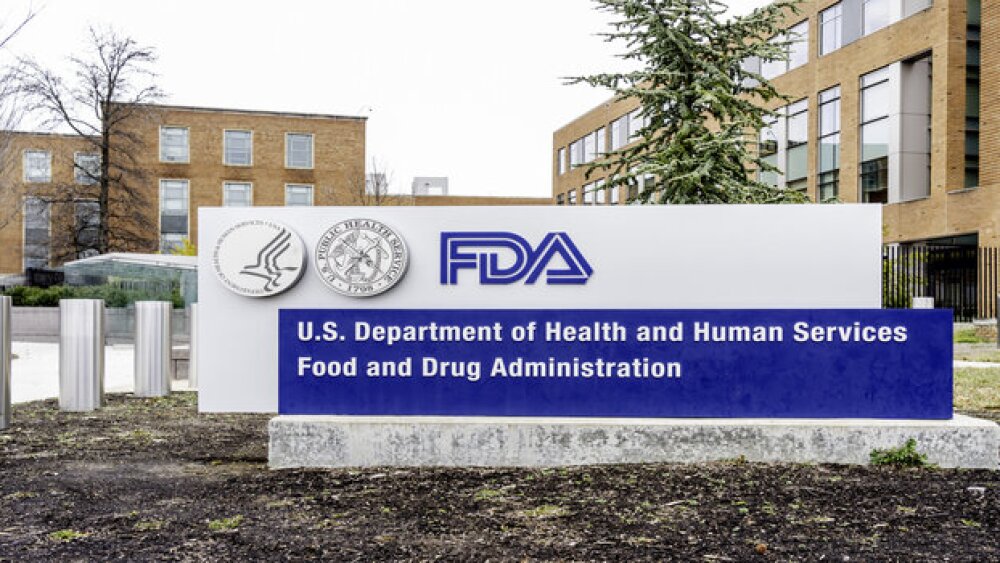WASHINGTON, June 23 /PRNewswire/ -- Today a bipartisan group of legislators introduced legislation to enact a change in Medicare that will cover ultrasound screening for a condition known as abdominal aortic aneurysm -- or AAA. Senators Christopher Dodd (D-CT) and Jim Bunning (R-KY) and Representatives Jim Greenwood (R-PA, 8th) and Gene Green (D-TX, 29th) joined National Aneurysm Alliance Chair and Dartmouth Hitchcock vascular surgeon, Dr. Robert Zwolak, and survivors from across the country at a press conference in the Capitol to announce the legislation and bring attention to America's "sudden killer."
Abdominal aortic aneurysms occur when there is a weakening of the walls of the aorta, the body's largest blood vessel. The artery begins to bulge -- usually slowly and without any symptoms. The normal diameter of the aorta is between 1.6 and 2.8 centimeters. Aneurysms of 5.5 centimeters or more pose a serious threat. The end result of the condition is that the aneurysm bursts, causing massive, fatal internal bleeding. On average, two out of three rupture victims die before they even reach the hospital. It's estimated than 2.7 million Americans have AAA, and are at risk of a potentially fatal rupture.
"While most AAAs are never diagnosed, nearly all can be detected through an inexpensive and painless ultrasound screening," said Alliance Chair Dr. Zwolak. "Due to the slow progression of the disease, just one Medicare- covered screening at or after age 65 would identify AAAs in almost all high risk individuals. The Alliance applauds Senators Dodd and Bunning and Representatives Greenwood and Green for their leadership in introducing this legislation that will give Americans access to life-saving screening and potentially help them avoid the trauma of a rupture, emergency surgery and other complications."
AAA often strikes suddenly and painfully and usually carries no warning signs. Men and women over 55 years of age are at increased risk of AAA, as are men and women who have risk factors for cardiovascular disease (smoking, high blood pressure) and a family history of AAA. Many AAAs are not evident upon a routine physical exam, making AAA one of the most overlooked and life- threatening problems of middle and advanced age. Lack of reimbursement is often cited as the reason ultrasound screening is not utilized or recommended to patients.
"My father had an AAA at the age of eighty-eight, but doctors found it and were able to repair the aneurysm early," says recent AAA survivor Normand Shaw from Winooski, Vermont. The sixty-two year old adds, "I knew about the condition, but was never screened -- not until my doctor had some concerns and eventually found the 13.3 centimeter enlargement that ultimately burst in the midst of follow-up tests. Although the costs related to my surgery, hospitalization and recovery are staggering, they pale in comparison to the impact that screenings will have on the thousands of people each year who may be saved."
The American Heart Association estimates that about 15,000 people die from ruptured AAAs every year (AHA, 2003 Heart and Stroke Statistical Update). Because death is so sudden, AAA is often misdiagnosed as a heart attack or stroke. It's believed that many thousands of deaths from ruptured AAAs go unreported every year.
Today's legislation reflects the shift toward disease prevention that is reflected in the newly enacted Medicare Modernization and Improvement Act of 2003. America increasingly understands the need to identify and halt the progression of disease before the costs -- both economic and social -- soar even higher.
The Alliance asks that people show their support for the SAAAVE Act by writing their Senators and Representatives and urging them to become cosponsors of this important legislation.
ABOUT THE LEGISLATION
The bipartisan legislation introduced today as the Screening Abdominal Aortic Aneurysms Very Efficiently (SAAAVE) Act of 2004 [S. 2553/H.R.4626] would provide coverage for a one-time ultrasound screening to identify AAA under Medicare Part B. A screening by a qualified technologist would be covered for any Medicare beneficiary who has a family history of abdominal aortic aneurysm, manifests risks factors for cardiovascular disease (such as smoking or hypertension), or evidences atherosclerosis. In addition to the ultrasound screening provision, the legislation would also provide for a national education campaign to promote awareness among health care practitioners and the public about the importance of early detection and treatment.
ABOUT THE ALLIANCE
The National Aneurysm Alliance is a group of medical professional organizations, patient advocates, individuals and medical technology manufacturers dedicated to reducing the number of Americans who die in the prime of their lives from ruptured abdominal aortic aneurysms (AAA) through a combination of education and screening programs. The Alliance is supporting bipartisan legislation to provide a Medicare benefit ultrasound screening of individuals at high risk for AAA, to provide early detection of aneurysms and help save many thousands of lives. To learn more, visit the Web site at screenAAA.org.
The National Aneurysm AllianceCONTACT: Jeff Chertack: +1-202-452-9472, Mobile: +1-703-622-8055, orClaudette Hibbert: +1-202-721-9728, Mobile: +1-202-997-2300, both for theNational Aneurysm Alliance
Web site: http://screenaaa.org/




